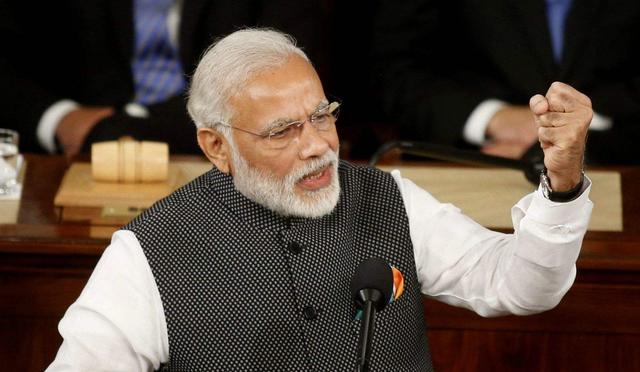On August 25 local time, the U.S. Department of Homeland Security issued a notice announcing plans to impose a 50% tariff on Indian goods starting at midnight on August 27. This decision marks the latest move by the White House to raise tariffs, while efforts to advance a peace agreement between Russia and Ukraine appear to have stalled.
President Trump signed an executive order on August 6, citing India’s “direct or indirect import of Russian oil” as justification for imposing an additional 25% tariff on Indian products exported to the United States. In response, the Indian government has called the tariff measure unfair and expressed hope that breakthroughs in Russia-Ukraine peace negotiations could eliminate the need for the additional tariffs.
Reports indicate that Trump’s efforts to arrange a meeting between Russian President Vladimir Putin and Ukrainian President Volodymyr Zelensky have so far yielded no results. On the 25th, he expressed uncertainty about whether the meeting would proceed as scheduled. Additionally, Trump mentioned that if no progress is made on the agreement, he may consider imposing tariffs on Russia’s trading partners.
This series of measures could not only impact U.S.-India trade relations but also have far-reaching implications for the global economic landscape.





